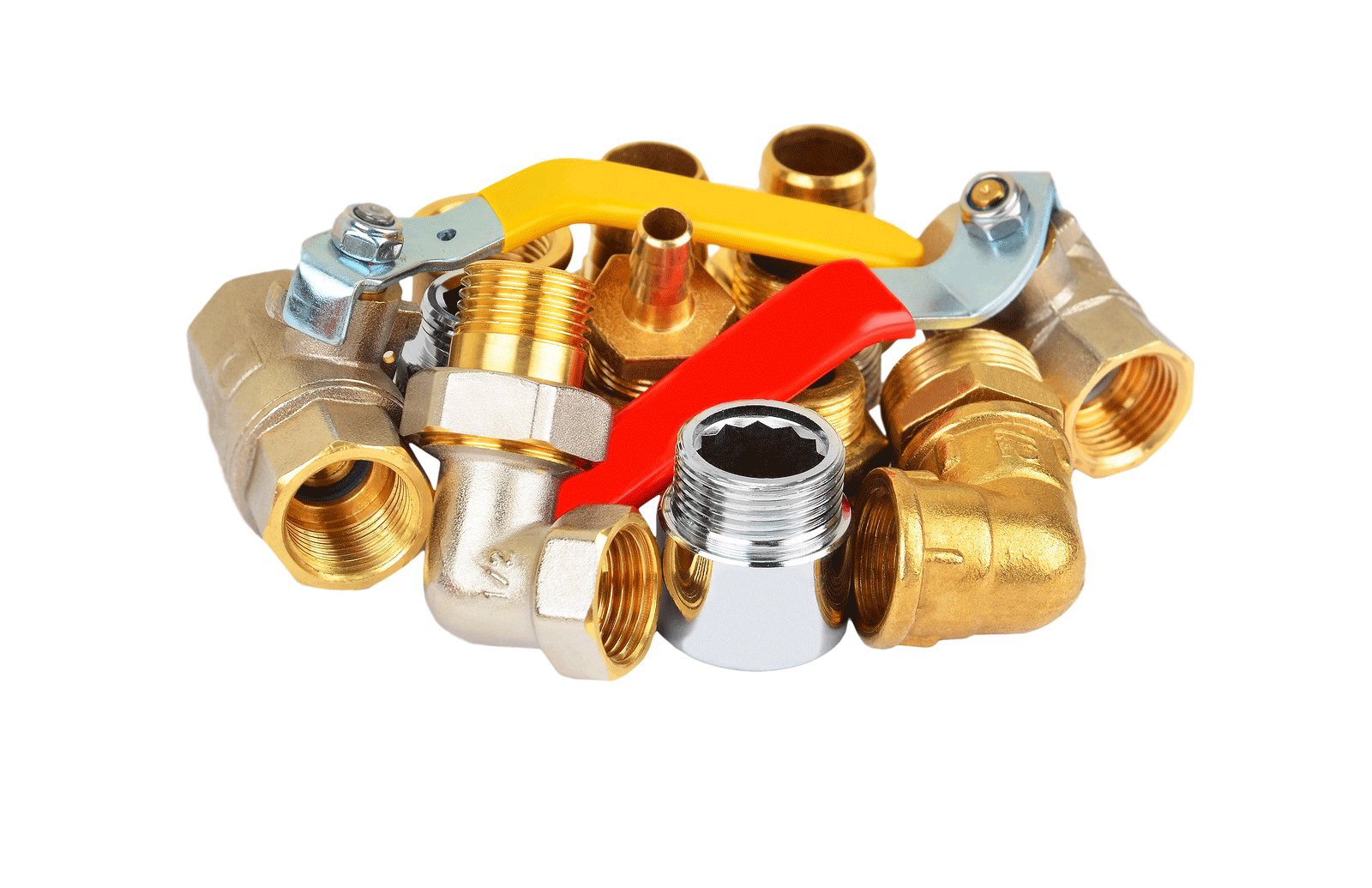Valve Selection Guide: What to Think About When Buying a Valve
Posted by Gilbert Welsford on Nov 6th 2012
When shopping for a valve selection, it can seem complex to try and select the right valve for your application. However, once you know what to look for, it's fairly straightforward. In this article, we'll take an in-depth look at valve selection. Our valve selection guide will cover everything from valve function to valve type and more.

Step 1 - Consider Valve Function
Valves can serve many different purposes- control of flow, regulating pressure, on/off, temperature regulation, and many more. Each function requires different valves and configurations. So, before deciding on a type of valve, consider what you want the valve to do. Let's take a look at a few examples:
- Simple control valves like ball valves are ideal for simply opening, closing, and otherwise regulating flow. Gate valves are another example. This control valve serves to allow or stop the flow of fluids.
- A check valve, on the other hand, prevents liquids from backflowing.
- A needle valve is a type of control valve that's best for regulating flow precisely.
- A plug valve uses a cylindrical or tapered plug to control the flow of liquids.
- Solenoid valves function as remotely controlled switches for fluids, allowing you to control them from a central control panel.
- The butterfly valve functions as a control valve, using a rotating disc in the valve body to control the flow rate.
There are many different standard and industrial valves, so shopping the valve selection through a desired valve function is an ideal way to find the right choice.
Step 2 - Review the Media Process
What is the process medium you are putting through your valve? For instance, if a valve is on -320F liquid nitrogen, it requires different seats, seals, and bonnets than a valve that is on a 70F potable water line.
This is an essential part of selecting the right valve since an incorrect material choice can quickly lead to valve failure. Some of the valve materials you may encounter include stainless steel, plastics and epoxies, brass, and cast iron. Each material has different advantages and disadvantages, so check carefully which one would work best for your intended medium.
Step 3 - Double Check the Valve Size Specifications
This may sound quite elementary, but many people think that the valve that they need should be line size. Sometimes, purchasing a valve that equals line size makes a lot of sense, but other times, you can specify a smaller (less expensive) valve that will do the exact same thing as a valve that equals line size.
Step 4 - Consider Temperatures and Pressures
In addition to valve function, media, and size, you also need to consider various flow characteristics. Some questions you may wish to ask include the following:
- What is the expected flow coefficient (the difference between the flow rate and pressure drop)?
- Which temperature range will the media reach? If the range is very high or very low, you'll have to review the valve seat and body materials.
- What kind of pressure flow can you expect within the system? Different valve types can handle different pressure ranges.
Step 5 - Consider the Use Frequency
Another thing you'll want to consider is how frequently you'll be using the valve. Industrial valves are often better suited to frequent use than standard household options. Additionally, certain types of valves work better for regular use than others.
The globe valve, for instance, lends itself well to regular and frequent use.
Step 6 - Consider your Budget
As you might expect, the price of a valve is based on more than just the valve function. If you buy an actuated control valve, it will be significantly more expensive than one that's manually operated. Additionally, certain materials are more inexpensive than others. For instance, a plastic valve is often cheaper than a stainless steel one but generally offers superior corrosion resistance.
So, before you decide on a valve, it's best to define what you can afford to spend. If you have a relatively tight budget, it may be better to go for the second-best option and then replace it when you have more funds available for the purpose.
Step 7 - Consider Maintenance Requirements
Depending on how delicate a particular valve is and how many working parts it has, some valves may require more regular maintenance than others. It's an important consideration when making a valve selection. If you don't have a lot of time to dedicate to maintenance, it may be well worth choosing a valve that has lower maintenance needs.
However, you also need to consider that certain media will require more maintenance by necessity. For instance, if you're working on a pipeline that transports crude oil, it will likely require regular maintenance. The same is true of pipes transporting wastewater into treatment plants.
In these cases, you likely want to look for valves with minimal areas where impurities can gather. This will allow you to keep the valves clean without having to do daily maintenance.
Step 8 - Consider Valve Automation - is it Necessary?
Do you need an automated or pneumatic valve? What type of actuation- pneumatic or electric? Double acting, fail open, fail close? If pneumatic, how much air do you have available for actuation- 60 or 80 psi? Would you like a solenoid or limit switch? All of these questions (and more) are questions you should consider while specifying and purchasing your valves.
We realize that many individuals do not feel comfortable knowing exactly the right questions to ask to ensure that their valve will be the exact right valve for their application. Since realizing this years ago, we have offered our services to assist customers to spec and purchase the perfect valve for their application. Contact ValveMan today for assistance with your application!